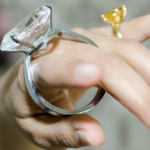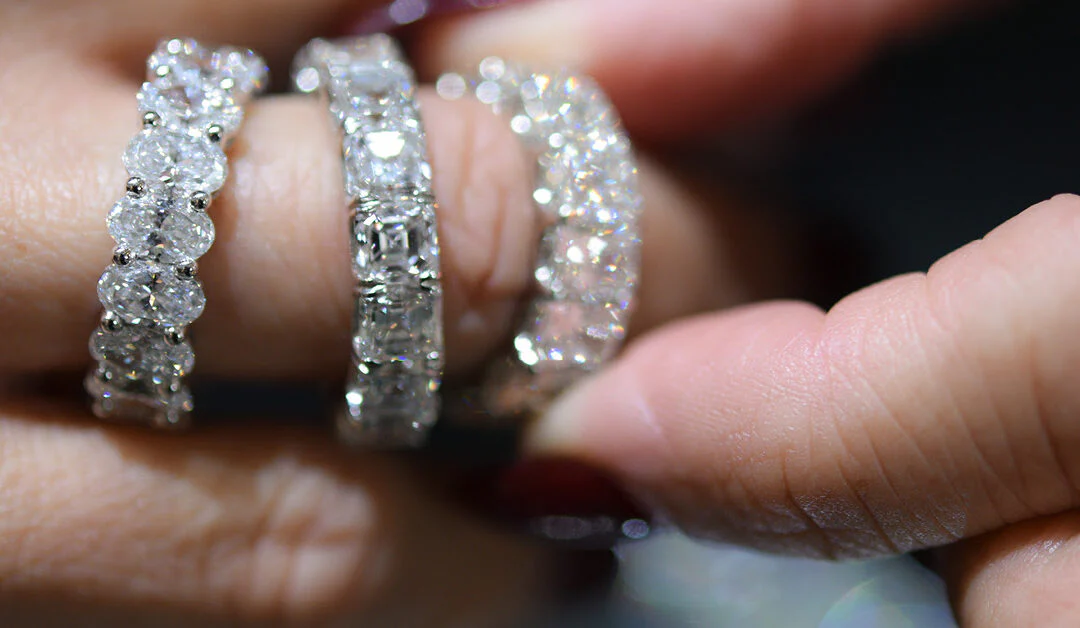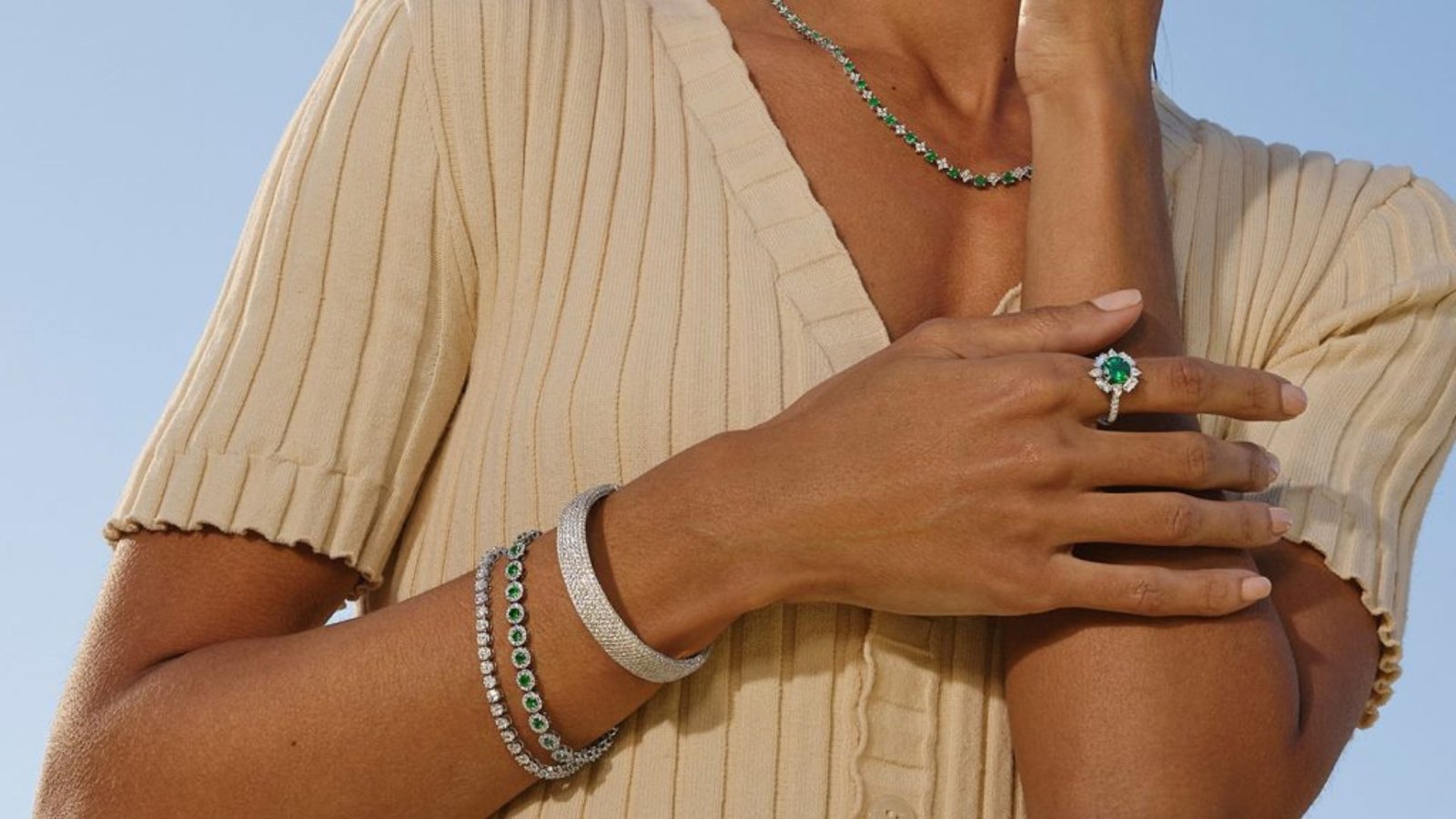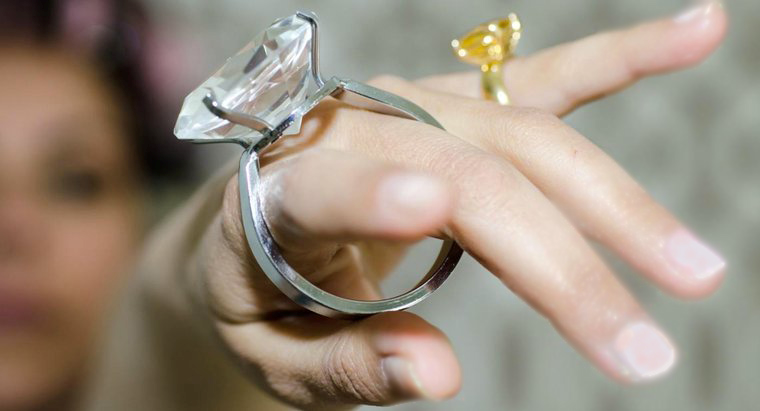Gemstones have captured human fascination for thousands of years, prized for their beauty, rarity, and symbolic meanings. From ancient civilizations to modern jewelry design, gemstones have played significant roles in art, culture, and spirituality. But what makes these sparkling stones so special? Let’s explore their rich history and uncover the unique qualities that make gemstones truly timeless treasures.
The Origins of Gemstones
1. Geological Formation
Gemstones are minerals formed over millions of years under immense pressure and heat deep within the Earth’s crust. Some, like diamonds, are pure carbon, while others, like sapphires and rubies, are formed from specific mineral compositions. The process results in their stunning colors, clarity, and hardness.
2. Natural Rarity
The rarity of gemstones contributes significantly to their value. Factors such as unique geological conditions, location of deposits, and the difficulty of mining make gemstones precious commodities.
Ancient History of Gemstones
1. Early Use in Adornment
The earliest recorded use of gemstones dates back to ancient Mesopotamia, Egypt, and India, where they were used in jewelry, crowns, and ceremonial items. Stones like turquoise, lapis lazuli, and emeralds were symbols of wealth and power.
- Egypt: Cleopatra was famously enamored with emeralds, using them in her royal adornments.
- Mesopotamia: Lapis lazuli was revered for its deep blue color, often used in statues and amulets.
2. Spiritual and Mystical Significance
In many ancient cultures, gemstones were believed to possess magical or healing properties.
- China: Jade was thought to symbolize purity and immortality.
- India: Gemstones were tied to astrology, with specific stones associated with planetary energies and used in Vedic rituals.
- Greece and Rome: Amethysts were believed to prevent intoxication, while garnets were seen as symbols of protection.
Gemstones Through the Ages
1. The Middle Ages
During the Middle Ages, gemstones were used extensively in religious artifacts and royal regalia. They were thought to hold divine properties and were often embedded in crowns, scepters, and chalices.
- Ruby: Symbolized passion and protection.
- Sapphire: Associated with the heavens and divine favor.
2. The Renaissance
The Renaissance period saw a shift toward the artistic use of gemstones. Jewelers began to cut and polish stones to enhance their brilliance, laying the foundation for modern gem-cutting techniques.
- Emeralds and Diamonds: Became symbols of status and elegance among European nobility.
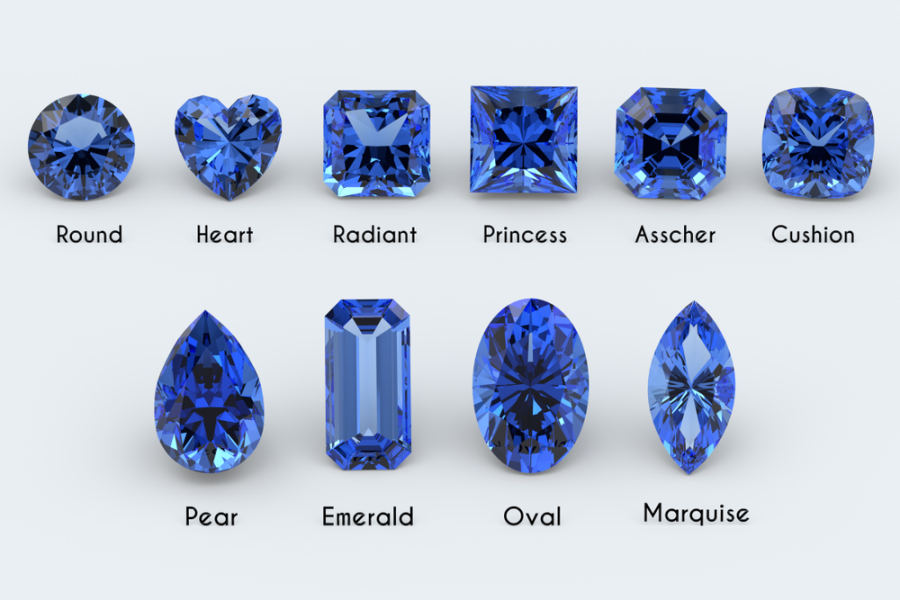
What Makes Gemstones Special?
1. Their Beauty
The brilliance, color, and optical effects of gemstones make them incredibly appealing. Factors such as light refraction and inclusions give each stone its unique appearance.
- Play-of-Color: Seen in opals, creating a shimmering rainbow effect.
- Chatoyancy: “Cat’s eye” effect found in chrysoberyl and certain quartz stones.
2. Symbolism and Emotional Connection
Gemstones often carry deep personal and cultural meanings. Birthstones, for example, link specific stones to months of the year, while engagement rings symbolize love and commitment.
3. Durability and Legacy
Gemstones are enduring materials that can last for generations, making them perfect heirlooms. Diamonds, rubies, and sapphires are particularly valued for their hardness and resistance to wear.
Modern Significance
Today, gemstones remain as popular as ever, gracing everything from high-fashion jewelry to engagement rings and collectibles. Advances in gem-cutting and synthetic gemstone production have made them more accessible while preserving their allure.
Ethical Sourcing
Modern consumers increasingly prioritize ethically sourced gemstones, ensuring fair labor practices and minimal environmental impact in mining.
Investment Value
Gemstones, especially rare ones like pink diamonds and paraiba tourmalines, are also seen as long-term investments due to their rarity and enduring appeal.
Conclusion
The history of gemstones is a testament to their enduring charm and significance. These natural marvels have journeyed from deep within the Earth to adorn human lives, symbolizing beauty, power, and emotion. Whether you’re drawn to their brilliance, rarity, or cultural significance, gemstones hold a timeless appeal that will continue to captivate future generations.





